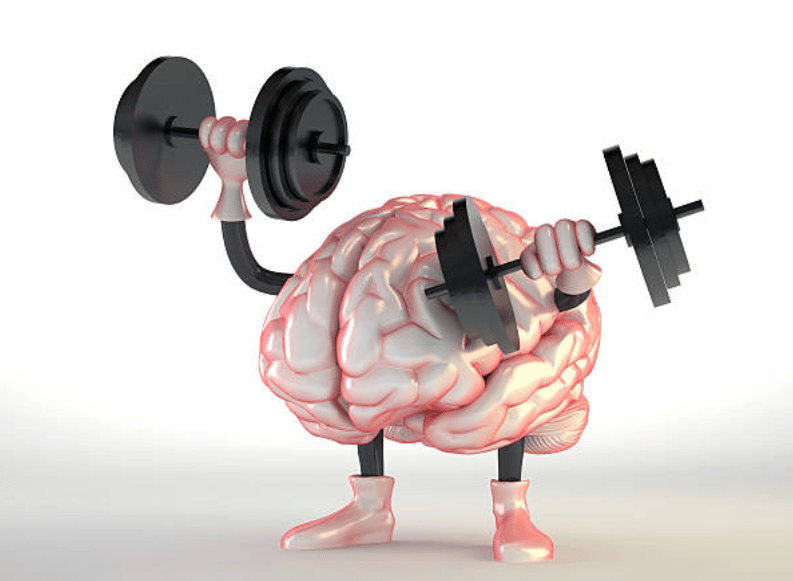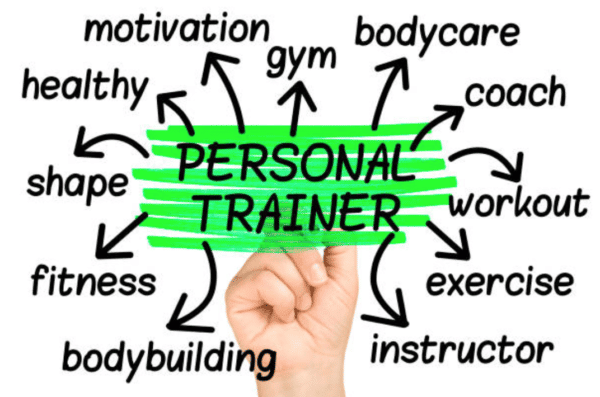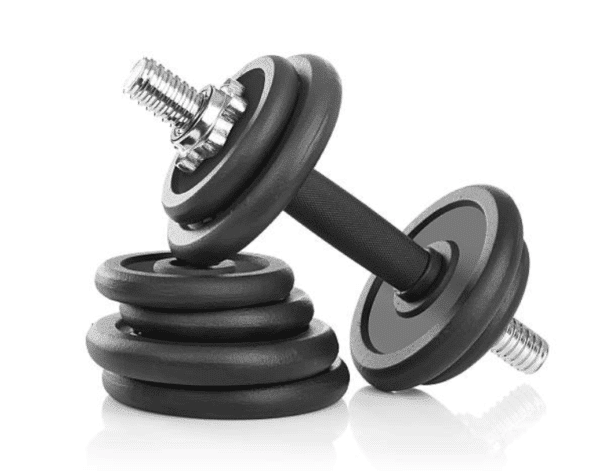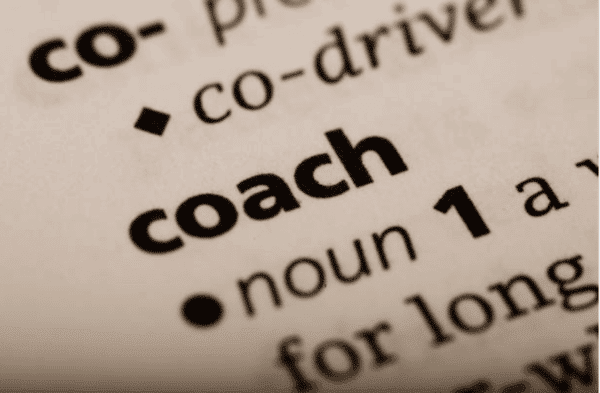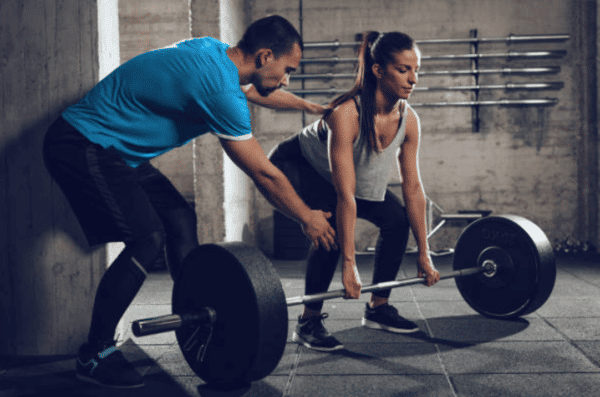Glossary of bodybuilding
Here is a list of the most commonly used words and their definitions If you are already experienced in bodybuilding, you undoubtedly know all these words but if you are just starting out it will be very useful to know as much as possible.
Lactic acid : It is present in the heart, kidneys, blood and muscles. It is responsible for many chemical processes in the muscles during physical exertion. When we practice weight training or any other sport, the human body will need more oxygen than it can produce by so-called aerobic processes. So it sets up anaerobic processes to produce energy. And lactic acid is the product of these chemical reactions.
Abdominals : muscle on the abdomen or do crunches, strength training exercises designed to strengthen the muscles of the abdomen.
Amino acids : base molecules that make up proteins. These are organic acids consisting of a carboxyl radical (-COOH) and an amine function (-NH2). There are 20 amino acids, 8 of which are essential amino acids because they are not synthesized by the body. These essential amino acids are provided only by the diet.
Adductors / abductors : The adductors are muscles of the body that allow adduction movements. These movements consist in bringing a limb closer to the frontal plane of the body. The opposite movement of adduction is abduction. The latter is performed by abductor muscles.
Aerobic: The ability of an organism to thrive in the presence of oxygen. In the field of bodybuilding, aerobics refers to the energy provided by available sugars and lipids. Aerobic exercise allows you to breathe better without being out of breath during an intense effort and to increase your endurance level.
Anabolism: It is the set of metabolic reactions aiming at the construction and the renewal of the body tissues.
Antioxidants : These are the agents that slow down or prevent oxidation. They neutralize free radicals and fight against cell aging.
Arginine : It is an amino acid that is part of the composition of proteins. It is involved in wound healing, cell division and the elimination of ammonia.
Osteoarthritis : A muscular disease that affects the joints. It is caused by degeneration of the cartilage and bones of the joint.
Articulation: A set that joins several neighbouring bones.
Muscle atrophy or wasting : refers to the decrease in the mass of a muscle.
Back : back of the body starting from the kidneys to the shoulders. Back day: expression which says that the training will be done mainly on the muscles of the back.
Weight bench : Equipment for bodybuilding exercises. 5 exercises to do with a weight bench.
Resistance band or elastic bands: small equipment to build up the body.
See a complete workout with the elastics.
Bar ez : A bar that allows you to perform strength training exercises while protecting your wrist joints.
BCAA : branched chain amino acids used as a dietary supplement to increase muscle mass. The BCAA are made up of the amino acids leucine, isoleucine and valine.
Biceps: muscles composed of two distinct parts allowing to move the arms or legs thanks to the flexion.
Biceps femoris : muscles that allow the legs to move thanks to a flexion.
Bigorexia: sport addict. Another name for sportoolism, people addicted to sport have the triggering of this pathology because of the excess of sport whatever it is. Attention, the bigorexia doesn't mean being overly muscular. Can be treated with therapy.
Bisets : two sets of muscle exercises performed on the same muscle group.
Bodybuiding Bodybuilding : Bodybuilding is the art of physical culture which, thanks to a set of exercises, allows the development of muscular mass.
Energy drink : Drinks for sportsmen based on electrolytes to give energy during training. Not to be confused with the pre-workout or energy drink which is caffeine based and is an excitant or booster.
Brachial : that relates to the arm. It is called the anterior brachial muscle or the internal cutaneous brachial muscle.
Butterfly : A bodybuilding exercise to isolate the pectoral muscles, also known as a pec deck.
Calories : units of measurement for the energy composition of foods. 1 g of fat is equivalent to 9 calories. 1 g of carbohydrate = 4 calories, 1 g of protein = 4 calories.
Cardio : related to the heart.
Cardiotraining : Endurance activity that increases respiratory and cardiovascular capacity.
Training booklet : notebook which allows you to record your daily sports performance.
Square of the lombes : quadrilateral muscle that is located in the posterior region of the abdomen.
Casein : Slowly assimilated milk protein (known as slow protein).
Catabolism: metabolic reactions that consist of the degradation of organic compounds into simple compounds.
Scapular belt : bones and muscles connecting the upper limbs to the spine.
Roman chair : weight training machine for strengthening the abdominal muscles (Roman chair knee raises).
Cheat meal: cheat meal pleasure meal not included in the diet of a bodybuilder and which often exceeds the allowed calories.
Circuit training : A training technique that consists of performing several exercises consecutively without resting.
Concentric and eccentric : which tends to move towards or away from the centre. Examples: concentric contraction and eccentric contraction. A concentric contraction causes the muscle to swell. Eccentric contraction causes the muscle to stretch.
Congestion: accumulation of blood in an organ of the body, especially the muscles, which appear larger when congested.
Contraction: refers to the reaction of a muscle that results in shortening followed by swelling.
Contracture : Involuntary contraction of muscle fibers that manifests itself as pain in the muscle.
Cortisol: hormone synthesized from cholesterol and which is involved in the metabolism of molecules. Cortisol helps to fight against inflammation, stress or to regulate blood pressure.
Curvatures : pain on a muscle and or sensations of fatigue caused by intense effort or cracking of the muscles.
Cramps : refers to painful involuntary contractions of a muscle on a temporary basis.
Creatine : Non-essential amino acid that improves physical performance and in particular the capacity and speed of recovery between series.
Crossfit : an intense training program that integrates several types of exercises.
Crunch: exercise of musculation of the abdominal muscles which consists in bringing closer the bust (top of the body) to the bottom of the body (movement of rolling up of the bust).
Culturist : synonym of bodybuilder, means one who practices bodybuilding. (gonflette in colloquial language).
Deltoids : muscles of the shoulder.
Developed: bodybuilding exercise aimed at developing mainly the shoulders.
Bench press : exercise of body-building whose objective is to develop the muscles of the pectoral and which consists in raising and lowering a heavy bar from the bottom to the top. It is practiced in a prone position by a movement of development of the bar of musculation.
Maintenance Diet: A diet that consists of maintaining a stable weight. Calculation of the necessary calories to maintain a diet.
Dips : weight training exercises performed with the objective of increasing muscle mass in body parts such as the triceps and lower pectoral muscles.
Dopamine: also called the pleasure molecule, dopamine is a neurotransmitter in the brain. It improves sleep, cognition, pleasure, memory, etc.
Dorsals : This is the first time that you have done a training session for all the muscles of the back, but also for all the exercises for the back.
Drop set: technique of intensification of the training which consists in carrying out an exercise with a precise load immediately chained with a less heavy load for the same exercise without time of rest. (also called degressive).
Dumbell: Dumbbell: a short barbell with a weight on each end that you lift up and down to strengthen your arm and shoulder muscles, but also all the muscles in your body with appropriate exercises.
Warm-up : Warming up to increase body temperature and get in the best conditions to perform a sport.
Warm-up for strength training : low intensity activity to prevent injury and prepare the muscles for weight training.
Muscle failure: The moment when the muscle is no longer able to perform an exercise. It is the exhaustion of the muscle after a series of exercises.
Skinned: means a dry body, which contains little fat thanks to weight training.
Electro-stimulation : weight training by sendingelectric pulses to the muscles. The electrodes send electrical impulses to the muscle so that it contracts.
Lateral elevation : Strength training exercise for the development and enlargement of the shoulder muscles by means of a lateral lifting movement of a dumbbell.
Endorphin : a hormone secreted by the pituitary gland during strenuous activity to reduce pain.
Endurance : Endurance is the ability to maintain a certain level of intensity over time.
Sprain: It is the injury of a joint often very painful, resulting from a violent distension.
Extension: action of extending a limb.
Slots : Strengthening exercises to strengthen the buttocks and legs.
Muscle fibers : contraction cells that influence a person's athletic performance.
Fitness A set of exercises performed with sports equipment and aimed at regaining a desired physical shape.
Flexor radialis : anterior forearm muscle.
Flexion: action of bending, movement opposite to extension.
Athletic Strength : Strength sport practiced with a bar into which are inserted discs of different weights. The 3 movements of athletic strength are the bench press, the deadlift and the squat.
Maximum heart rate : This is the measurement of the heartbeat rate during intense stress. It depends on the age of the person. (FCM).
Full body : Whole body training program (complete body).
Gainer : shaker with calories in liquid form to drink in order to gain weight or drink that allows to add calories to the meals in order to bring the body its energy needs.
Carbohydrates : nutrients responsible for energy production.
Glutamine : amino acid the most present in the muscles and in the blood. It plays a role in the synthesis of proteins, the immune system and participates in the repair of cartilage and tendons.
Blood glucose: means the level of sugar in the blood. What is the importance of blood sugar in weight training?
Glycogen : carbohydrate molecules stored as reserves in the liver and skeletal muscles.
Adductor magnus : muscle of the medial or inner thigh.
Larger dorsal : the largest and broadest muscle of the back and the entire body.
Buttocks: the largest muscle in the body located at the hip.
Big slant : A large superficial muscle that is located on the side of the abdomen.
Great pectoral : largest muscle in the chest.
Large round : muscle located at the lower and posterior part of the shoulder.
Half body : weight training exercises for the upper or lower body. Learn all about this bodybuilding program.
Dumbbells : short metal bar consisting of two fixed weights or discs.
Hammer: weight training equipment and free-load machines.
Hiit: stands for High Intensity Interval Training which consists of more intense training intervals and moderate training periods.
Growth hormone : a hormone that stimulates cell growth.
Hypertrophy : increase in the volume of a muscle tissue or organ.
Impedance meter : A scale used to measure the amount of fat in the body.
Glycemic Index : index for ranking carbohydrate foods according to their influence on blood glucose levels after consumption.
Infra thorny : abductor muscle that stretches the shoulder downwards.
Intensity The degree of power available to perform an exercise at a given time.
Twins : calf muscles.
Larry scott: desk designed to work the biceps.
Leg curl : refers to a strength training exercise that works the hamstrings.
Leg day: Leg Day: a strength training program designed to work the legs.
Ligament : connective tissue linking the cartilage and bone of a joint.
Lumbar : extensor muscle of the spine.
Dislocation: means the general loss of contact between the joint surfaces of a given joint.
Macronutrients : refers to the class of complex nutrients, namely fats, carbohydrates and proteins.
Magnesium : trace element involved in neuromuscular transmission.
Muscle memory : allows you to quickly recover your performance threshold. Does muscle memory really exist?
Metabolism: It consists of two mechanisms: anabolism (the synthesis of molecules) and catabolism (the breakdown of complex molecules into simple molecules). It consists of two mechanisms: anabolism (the synthesis of molecules) and catabolism (the breakdown of complex molecules into simple molecules).
Muscle: A tissue of the body consisting of fibers capable of contracting and producing voluntary or involuntary movement.
Agonist muscle: muscle responsible for movement and contraction.
Antagonistic muscle : muscle opposing the movement created by the agonist muscles.
Bodybuilding : any physical activity designed to build muscle.
Oblique : muscle located on the right side of the abdomen.
Omega: polyunsaturated fatty acid recommended for energy balance.
Chest : chest muscles.
Sports performance: It is a classification according to the activity. It can be a competition, a distance covered, a maximum of weight lifted, a contest on a time limit.
Small pectoral : muscle of the upper limb girdle located below the muscle of the great pectoral and which belongs to the deep plane of the anterior compartment of the shoulder.
Pliometry : several tonic exercises linked together. Work on explosiveness. Burpees are, for example, a very effective pilomere exercise.
Training plan : describes the complete plan for performing the exercises in a workout.
Body weight : refers to total body weight, can also refer to weight training without equipment.
Polyarticular A strength training exercise designed to work several joints at the same time and consequently several muscles.
Pre-workout : A dietary supplement consumed to provide energy and motivation before a workout.
Mass gain : period during which the bodybuilder experiences an increase in strength and volume of the musculature.
Hammer socket : This is a dumbbell hold that consists of keeping the arms at the side of the body and the palms against the thighs. It is an intermediate position between pronation and supination. See the different holds in weight training.
Proprioception: Position of each part of the body in front of the effort and the movement. Perception to reflexes. Thesis on proprioception
Psoas: A muscle that starts at the hips and runs through the abdomen. It is connected to the lumbar vertebrae.
Pull over : Anglo-Saxon word designating an exercise of musculation for the pectoral muscles. This exercise also solicits the back.
Pull up : Bodybuilding exercise designed to strengthen the arms and the back. It is carried out with a fixed bar.
Pump : fitness class that aims to strengthen muscles and is practiced with music.
Push up : A very popular bodybuilding exercise that can be performed without equipment. It is reminiscent of a push-up and works the pectorals, deltoids and triceps.
Quadriceps : large muscles located on the anterior part of the thigh.
Muscle quality: the overall muscle definition and muscle mass.
Rehearsal: complete movement including flexion and extension exercises.
Rest break : A slight pause after a series of exercises with the aim of linking up repetitions.
Rowing : Multi-joint bodybuilding exercise performed with a barbell or dumbbell to increase the mass of the back.
Dry : diet or training to lose fat.
Drying : In bodybuilding, this means losing fat while maintaining a stable muscle mass.
Burning Series: Partial repetitions in weight training until failure often leads to muscle congestion.
Giant series : training techniques that save time and increase the intensity of physical activity at the same time.
Shoulders: English word to define the shoulders or exercise to strengthen the shoulders.
Shrug: means to shrug one's shoulders.
Smith machine : guided weight bar.
Deadlift: Multi-joint physical exercise designed to develop the thighs, buttocks, hamstrings and back.
Spirulina : food supplement consumed to gain muscle volume and lose fat.
Split: A training program that focuses on a specific muscle group. All about the program in split here
Squat: strength exercise poly articular to strengthen thighs, legs and buttocks.
Sternocleidomastoid : large neck muscle.
Stretching : stretching exercise to restore elasticity and flexibility to the muscles.
Superset: series of two exercises which solicit antagonistic muscles performed without rest.
Supination: grip: rotational movement of the forearm.
Overtraining: decrease in performance due to a overtraining without sufficient recovery.
Symmetry: general body balance or balance between the right and left sides of the body.
Intensification technique : improvement technique performance and increase the intensity of the workout.
Rest time : A break between several sets of exercises to allow the muscles to recover and get oxygen.
Testosterone: male hormone secreted by the testicles, which is essential for building muscle.
Horizontal printing : exercise for the back.
Adipose tissue : connective tissue made up of fat cells.
Traction : exercise to build up the upper body. Learn how to do pull-ups for beginners.
Training : Anglo-Saxon term for training.
Transverse abdomen: deep muscle located in the lateral part of the abdomen.
Trapeze : muscle of the back allowing the raising and lowering of the shoulders.
Tribulus : plant used for the natural increase of the testosterone level and the muscular mass.
Triceps: brachial muscle antagonist of the biceps.
Trisets : 1 series of 3 different exercises for the same muscle linked together without resting time.
Vascularity: refers to the importance of the oxygen supply to the muscles.
Vasodilator : which increases the thickness of the vessels.
Whey : whey protein that is rapidly assimilated by the body. All about Whey ?
Also read articles:
Fasting weight training: Good or bad?

